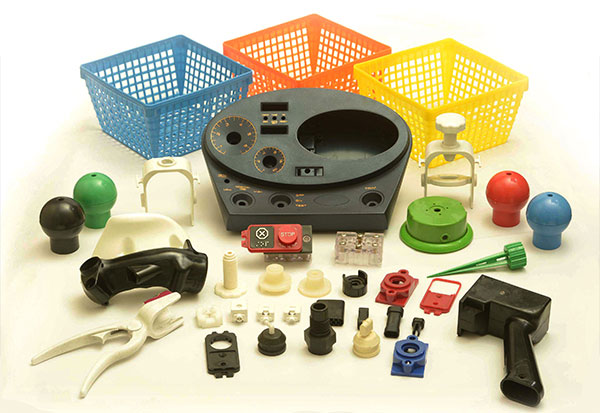The Art of Shaping: Demystifying Plastic Injection Molding
Plastic injection molding is a versatile and efficient process that has revolutionized the manufacturing industry. By understanding the art of shaping through this method, we can appreciate the intricate craftsmanship behind creating various plastic products that we encounter in our daily lives. This innovative technique involves injecting molten plastic material into a mold cavity under high pressure, allowing it to cool and solidify, resulting in a precise and durable final product.
The History of Plastic Injection Molding
Plastic injection molding has a rich history dating back to the late 19th century when John Wesley Hyatt patented the first injection molding machine in 1872. This marked the beginning of modern plastic manufacturing processes. Hyatt's creation was inspired by a competition to find a substitute for ivory billiard balls, leading to the development of celluloid as a durable and versatile material.
Throughout the early 20th century, advancements in materials and machinery rapidly expanded the capabilities of plastic injection molding. World War II played a significant role in the growth of this technology as demand soared for precision parts production at a faster pace and in greater quantities than ever before. The wartime efforts fostered innovation and refinement of injection molding techniques.
By the mid-20th century, plastic injection molding had firmly established itself as a cornerstone of industrial manufacturing. The development of new synthetic polymers and more efficient injection molding machines continued to drive the evolution of the process. Today, plastic injection molding is widely used across various industries, producing an extensive range of products from intricate components to everyday consumer items.
Key Principles of the Injection Molding Process
Injection molding relies on the process of injecting molten plastic material into a mold cavity, where it cools and hardens to form the desired object. This method allows for the production of intricate shapes and high volumes of identical parts rapidly and efficiently. Understanding the characteristics of the plastic material being used is crucial to achieving optimal results in the injection molding process.
The key principle of plastic injection molding lies in the ability to manipulate and control the variables that influence the quality and consistency of the final product. Factors such as temperature, pressure, and cooling time play a significant role in determining the structural integrity and aesthetics of the molded part. By fine-tuning these parameters, manufacturers can achieve precise results and minimize defects in the finished products.
Another fundamental aspect of injection molding is the design of the mold itself. The geometry of the mold cavity dictates the shape and features of the final product, making mold design a critical step in the production process. Proper mold design considerations include draft angles, wall thickness, and parting lines to ensure that the molten plastic flows smoothly and evenly throughout the mold, resulting in a high-quality finished product.
Advancements in Plastic Injection Molding Technology
In recent years, the field of plastic injection molding has witnessed significant advancements driven by innovative technologies. These technological developments have revolutionized the efficiency and precision of the manufacturing process. One such advancement is the integration of computer-aided design (CAD) software, which allows for intricate and detailed designs to be translated directly into the molding process.
Another notable advancement in plastic injection molding technology is the utilization of real-time monitoring systems. These systems enable manufacturers to closely monitor various parameters such as temperature, pressure, and cycle times during the molding process. By analyzing this data in real-time, manufacturers can optimize production processes, detect potential issues early, and ensure consistent quality output.
Furthermore, the advent of additive manufacturing techniques has opened up new possibilities in plastic injection molding. Additive manufacturing, commonly known as 3D printing, can be used to produce complex mold designs with intricate geometries that were previously challenging to achieve. This integration of 3D printing with traditional injection molding processes paves the way for enhanced customization and rapid prototyping capabilities in the industry.
